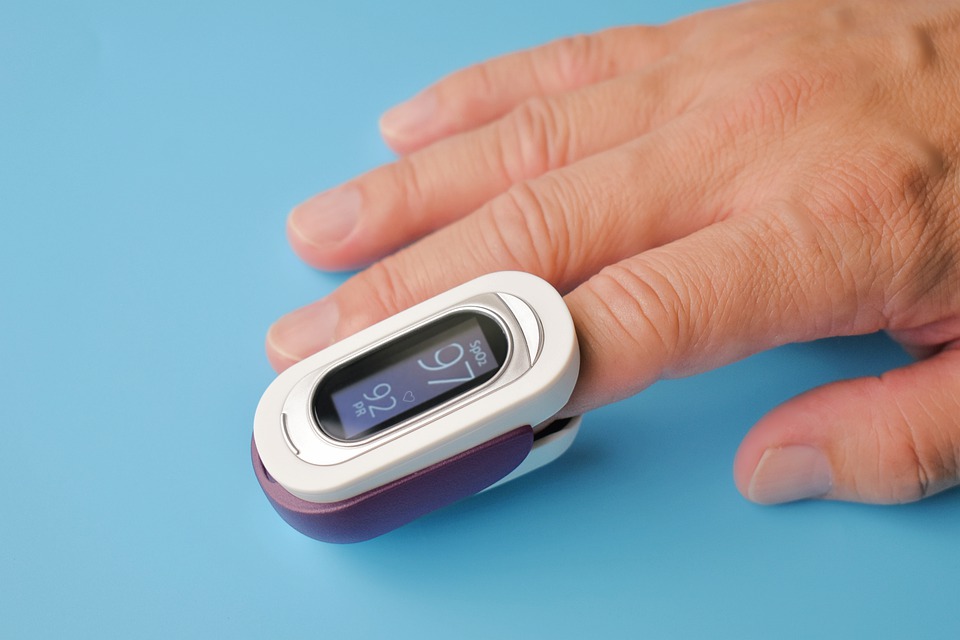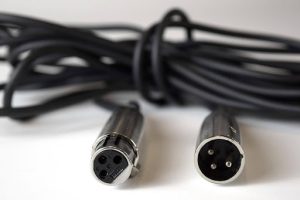How to Use a Pulse Oximeter When Infected with COVID-19?

With the ongoing COVID crisis, there has been a rise in the utility of various new devices for help during and after the infection. One such device is a pulse oximeter used to monitor the oxygen saturation in the body. Keeping such a device handy is a need of the hour as it is one of the most expedient ways to analyze the patient’s condition.
A great advantage of a pulse oximeter is that one does not need to prickle the skin for blood samples. It is an easy-to-use device that can be clipped to the fingers for oxygen level readings. You may also use it over the toes or earlobes.
Pulse oximeters work by checking the percentage of oxygen carried by the blood in your body.
If you or your loved ones are infected with coronavirus, you must keep this device readily available. It would help you monitor the situation without having to visit hospitals.
Table of Contents
How to Use a Pulse Oximeter?
Since the times are unpredictable, it is important that you learn how to use a pulse oximeter. As per Sensoronics.com, a pulse oximeter is a lightweight and easy to use the device. It is used to measure the Sp02 and heart-rate of the patients.
Follows these simple steps to start using it:
- Check for the batteries in the pulse oximeter. If they do not come with the device, insert the new ones before operating it.
- Turn on the oximeter using the buttons provided. (You might have to check the manual for locating the on/off button).
- Once turned on, you need to clip the oximeter on the patient’s fingers, toes, or earlobes.
- Make sure to put the device in a way that your nails face up.
- Now, wait for a few seconds to allow the machine to take a reading.
- The machine would display the oxygen level once done with the analysis.
- Some machines come with a beeper that makes a sound when it is done reading the oxygen level
Important note: Some devices cannot properly read if your hands are too cold or worn nail polish. Also, you cannot expect accurate readings if you put on the device on an artificial nail. You may use a different finger in such instances.
Why Use a Pulse Oximeter at Home?
When you are infected with COVID-19, common symptoms like fatigue and shortness of breath, the condition is said to be getting worse when the oxygen level or SpO2 level drops.
To help you monitor your oxygen level at regular intervals, a doctor might recommend keeping an oximeter nearby. In brief, a pulse oximeter would help you determine soon as you need medical attention.
Call for Help When:
Your treating doctor would give you advice on how many times a day you need to check the oxygen level of the COVID-19 patient. You need to seek immediate medical care when:
- The readings on the pulse oximeter show a SpO2 level below 95%.
- Your symptoms keep getting worse even when the oxygen levels are above 95%
- You do not see any improvement in your condition even after receiving the treatment for more than a week.
Final Thoughts
It is evident that pulse oximeter is a device of great importance during these trying times. Understanding how to use it is important and could sometimes be life-saving. Hopefully, the detailed guideline outlined in this write-up helps you get a clear idea about its operation.








